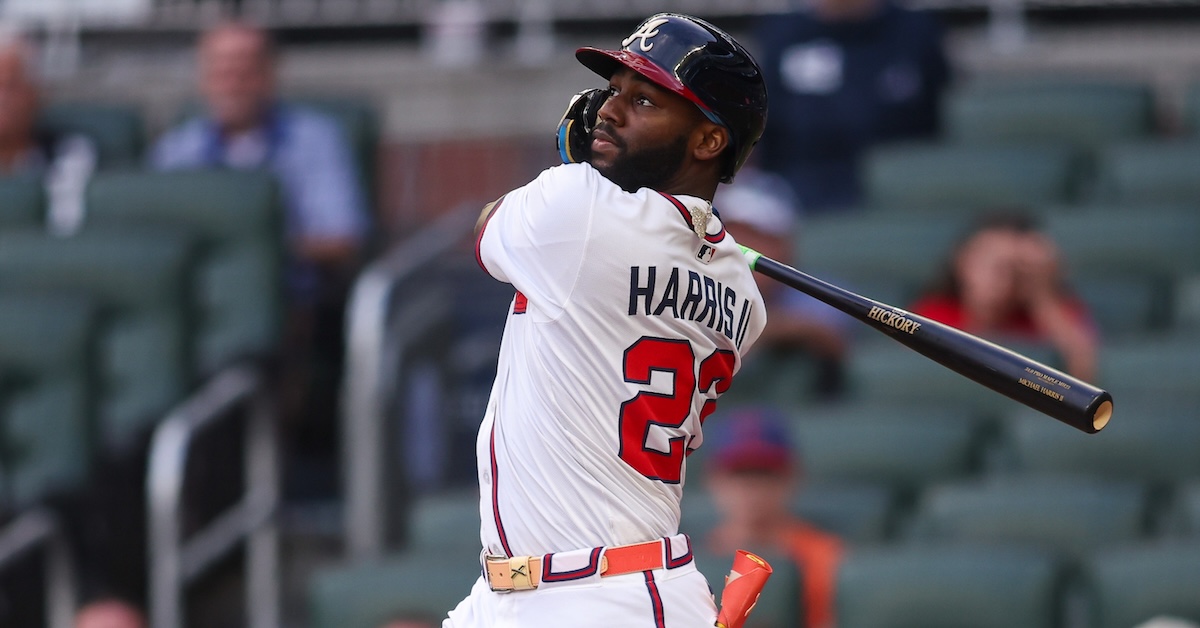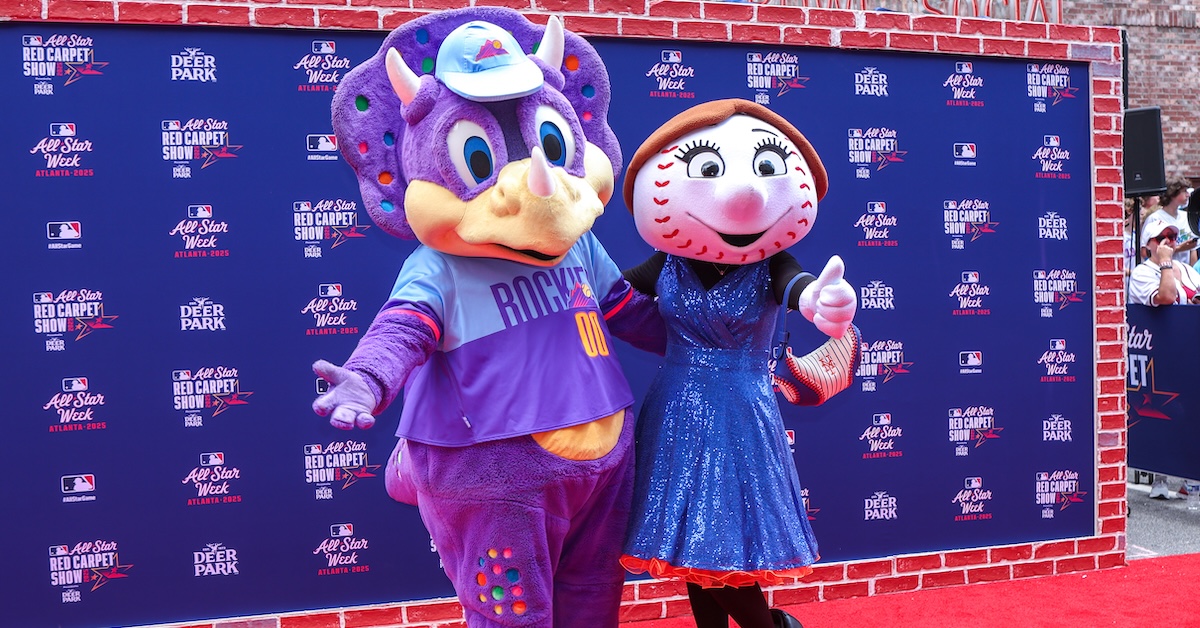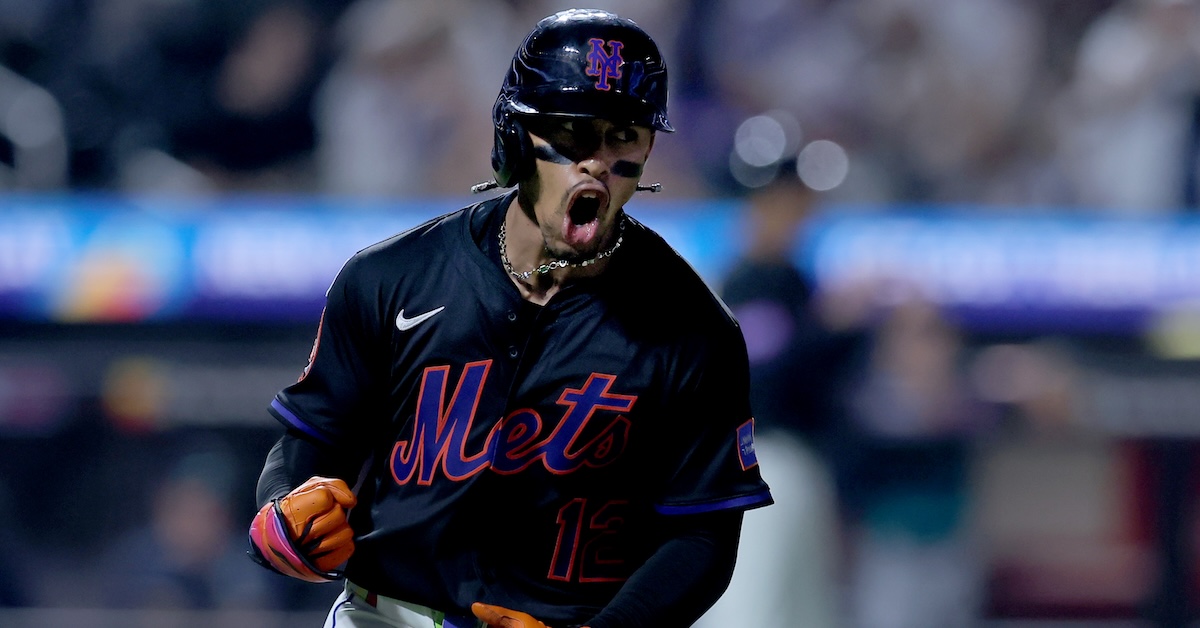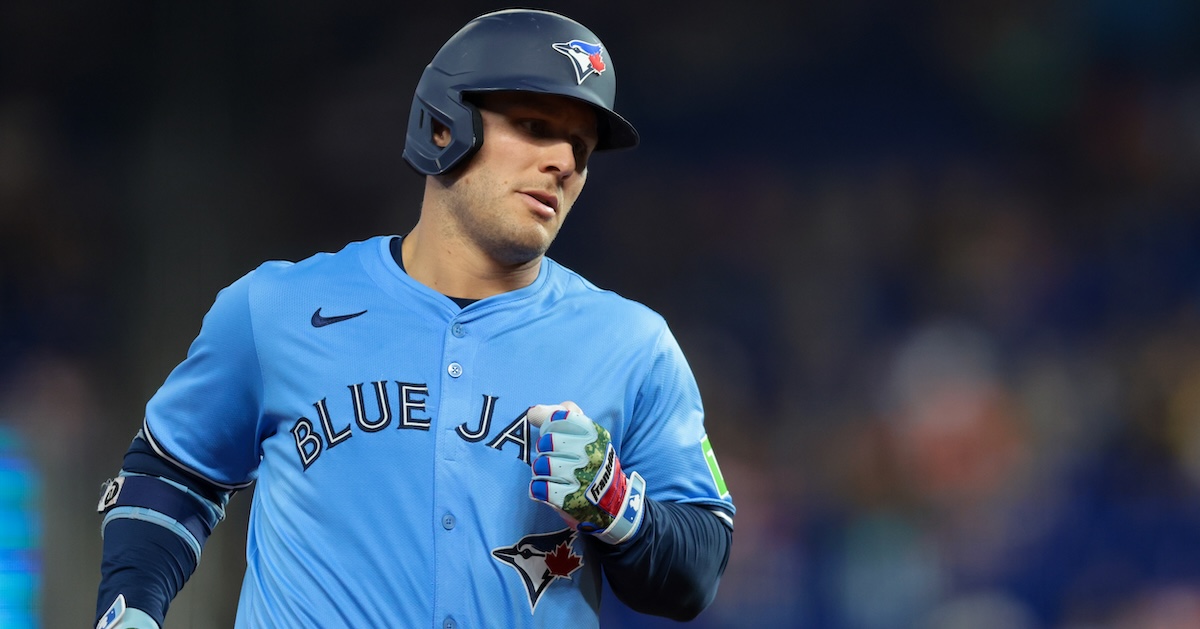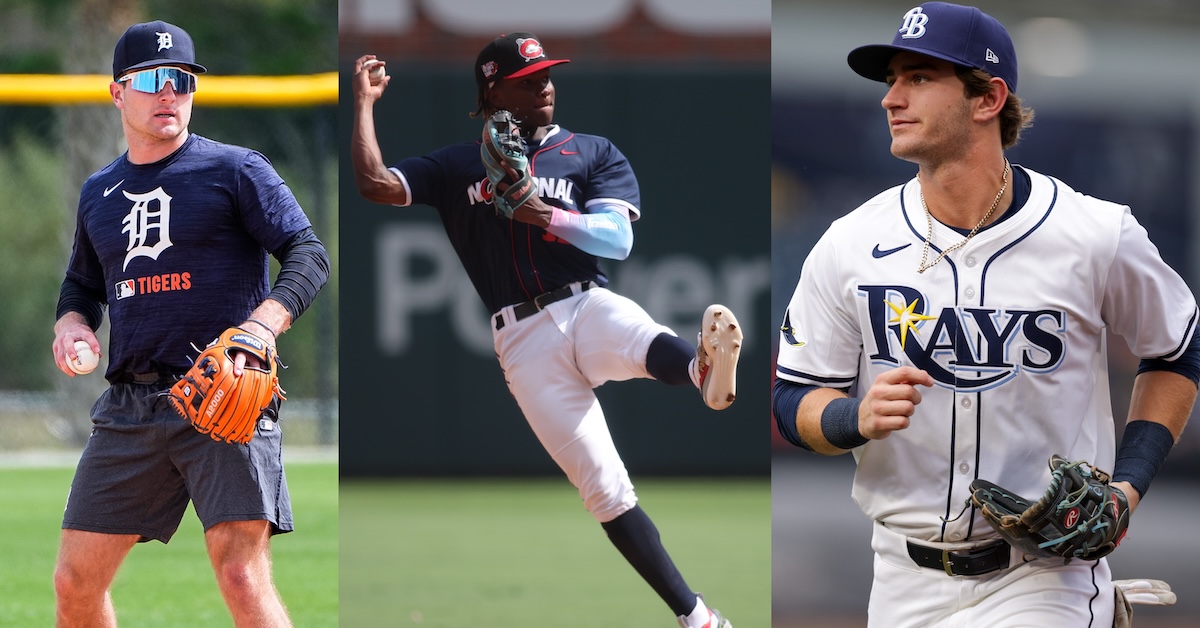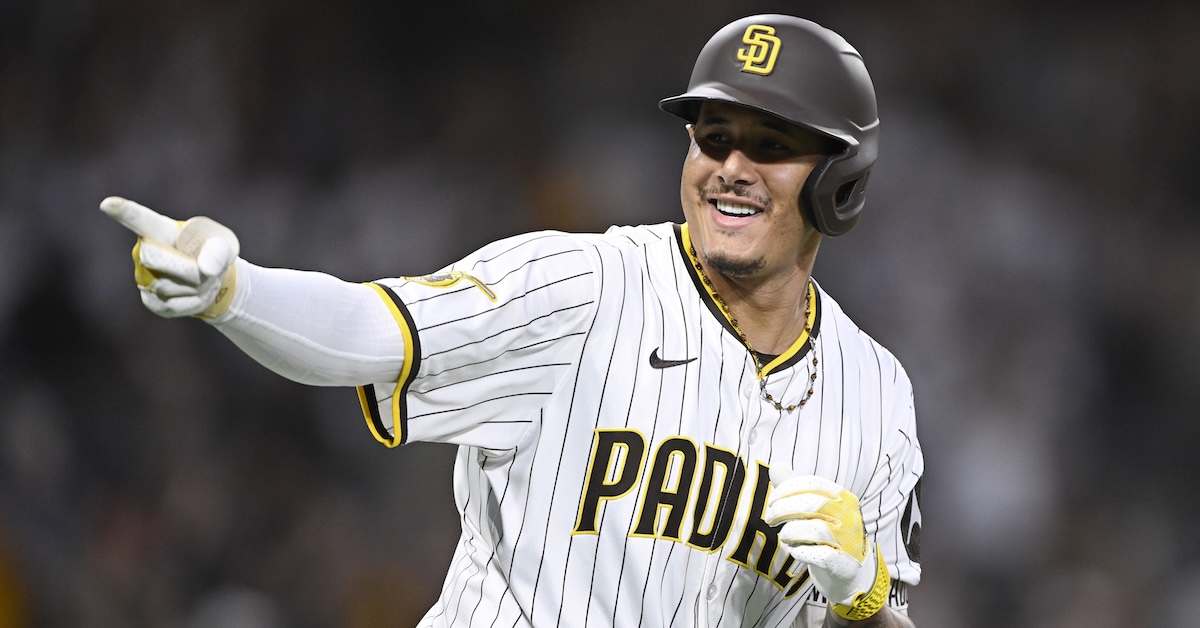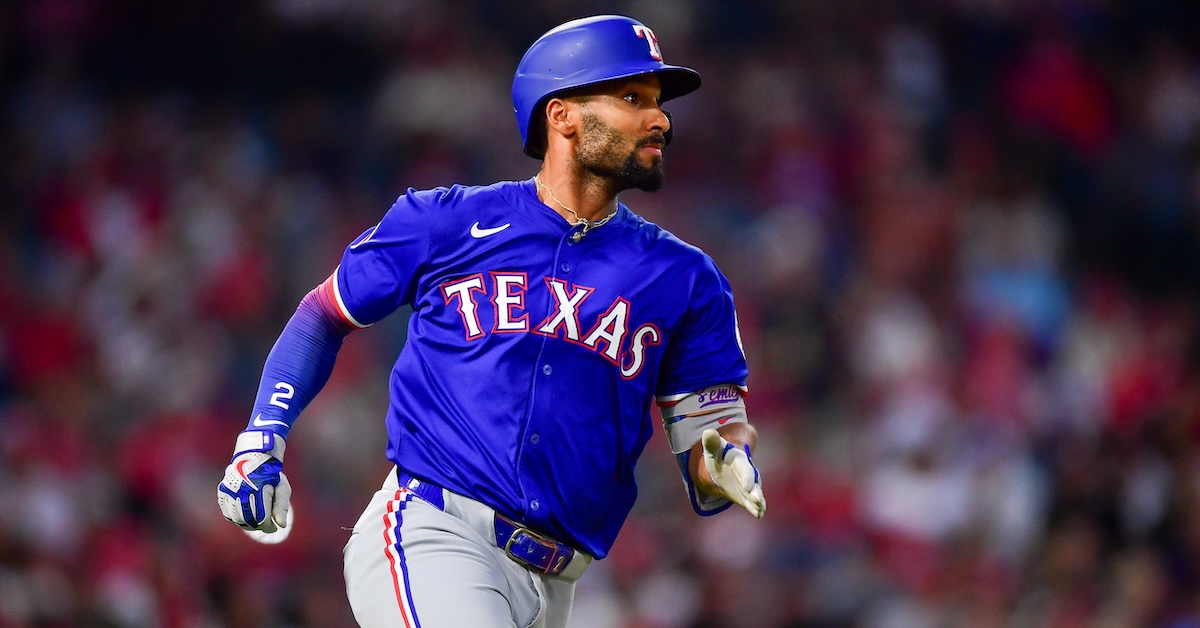Casey Mize Added a Second Slider That Isn’t a Sweeper (At Least Not Yet)
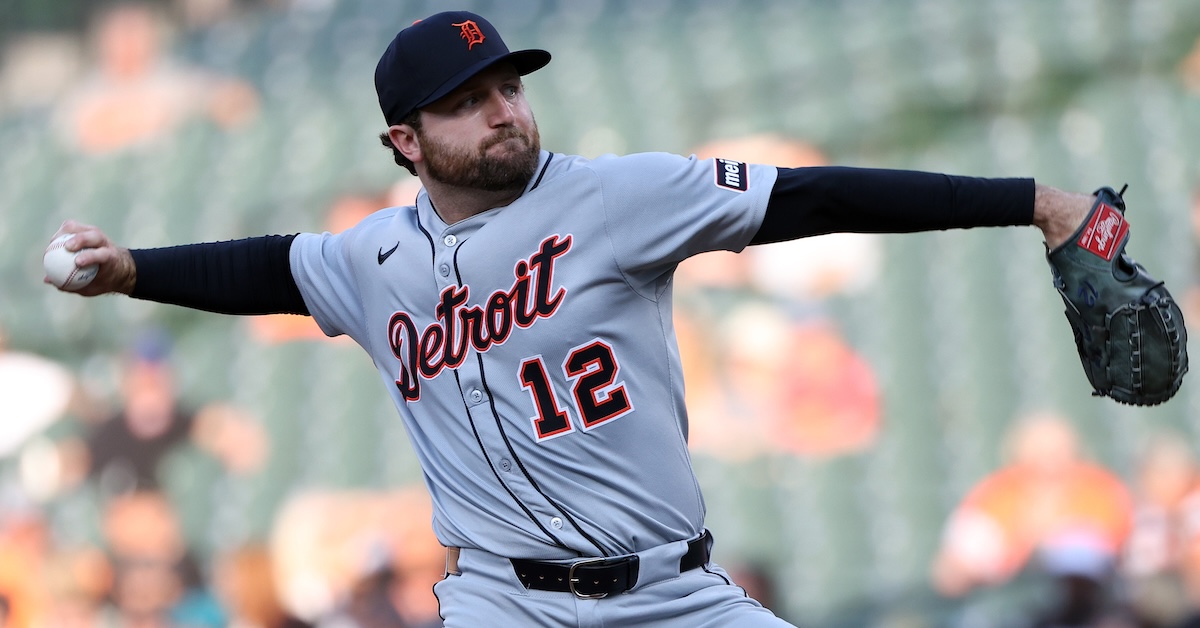
Casey Mize had seven big league appearances under his belt when he was featured here at FanGraphs in January 2021. He also had high expectations. Drafted first overall by the Detroit Tigers out of Auburn University three years prior, the right-hander ranked 32nd when our 2021 Top 100 Prospects list was published that February. Bullish on his ability, Eric Longenhagen projected Mize as a “no. 2 starter capable of pitching at the top of a contender’s rotation.”
Our lead prospect analyst’s assessment came with an “if he stays healthy” caveat. Longenhagen wrote that he was “sufficiently scared of Mize’s injury history… to slide him behind players of a similar talent.” Those concerns have unfortunately been validated. The 28-year-old hurler required Tommy John surgery in June 2022, and he has also landed on the shelf with a handful of comparably mild maladies.
His numbers reflect the time missed, and the impact that it has had on his career. Entering the current campaign, Mize had thrown just 291 innings as a Tiger, and his ledger included a lowly 9-19 won-lost record to go with a 4.36 ERA — not exactly what was expected from a high-profile draft pick with a high-ceiling arm. Read the rest of this entry »

